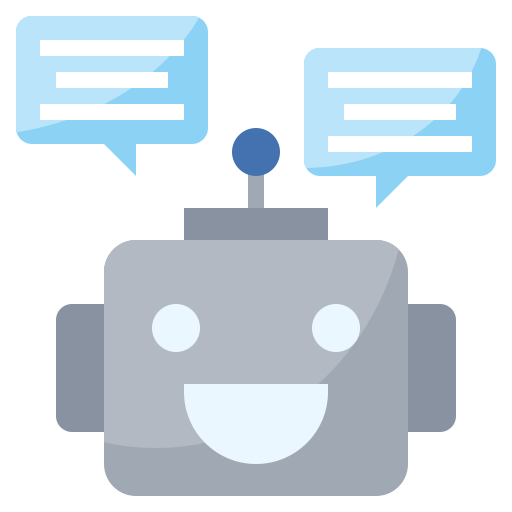
AI Chatbot in 2025:
- What Features and Trends to Expect and How Businesses Will Benefit
By 2025, all of chatbots have been greatly transformed and have turned into indispensable digital agents of customer service, sales, marketing, and enterprise’s business process. Fueled by sophisticated natural language processing (NLP), reasoning models, and real-time data integration, AI chatbots today power hyper-personalized, context-aware and emotionally intelligent engagements in multiple languages and across all channels. Here’s what differentiates the current state of AI chatbots, the latest developments and what businesses need to know to keep up with the competition.
Key Characteristics of AI Chatbots in 2025:
1. NLP and Reasoning
Contemporary chatbots leverage cutting-edge NLP techniques to understand the user’s intent, context, and sentiment so that they can have human-like dialogue and provide accurate answers. Models based on reasoning (such as OpenAI o3 and DeepSeek R1) enable chatbots to deconstruct complicated queries, reason about logical logic, and solve multistep problems.
2. Hyper-Personally and Predictive Analytics
AI-powered chatbots now use customer analysis data to provide recommendations based on buying history, preferences and behaviour, and to provide proactive support and tailored messaging – which leads to better customer loyalty and engagement.
3. Context Awareness and Long Term Memory
As opposed to older bots, the 2025 chatbots have memory and not only remember prior conversations, user-specific preferences, and ongoing tasks, but are able to use that information in processing current requests, offering a better and more efficient experience.
4. Forums and Multilingual Support
AI chatbots work on websites, mobile apps, WhatsApp, Facebook Messenger, Instagram, and more, providing consistent support across the board. Real-time translation introduces big break the global communication and 200+ languages.
5. Categorization of emotions and sentiment perception
Emotion AI allows chatbots to identify user moods from text, voice or even facial expressions and then respond empathetically, in a way that increases satisfaction and brand trust.
Best AI Chatbot Platforms in 2025 ChatGPT (OpenAI):
Best for in-depth, creative, and research-focused chats.
- Google Gemini: Reliable and competent when it comes to reasoning, file handling and deep interlocking with Google Workspace.
- Microsoft Copilot: Ideal for Windows and Microsoft 365 users, fusing LLMs with up-to-the-minute web data.
- Bizbot: Hyper personalization and predictive analytics for business automation
FAQ: AI Chatbots in 2025:
1. How is it possible for AI chatbots to comprehend complex questions and reply to those accordingly?
AI chatbots leverage sophisticated NLP and reasoning models for understanding user
intent, decompose complex questions, and produce precise context-dependent replies.
2. Can AI chat bots remember previous conversations and user preference?
Yes, nowadays chatbots are built on hierarchical memory networks and context-aware AI to remember the conversation and your preferences for fluent, personalized conversations.
3. How do MULTILINGUAL-CHAtBOTS support several languages and channels?
AI chatbots facilitate real-time, 200+ language translation, and are available on web, mobile and messaging apps for consistent global engagement.
4. To what extend is emotion and sentiment analysis used in chat bots?
Affective AI empowers effective chatbots to identify and react to user emotions, driving greater empathy, satisfaction and brand loyalty.
5. How does business process get automated using AI chatbots? These bots plug directly into productivity tools allowing businesses to focus on more important tasks such as scheduling, lead qualification, customer inquiries, and inventory management which, in turn, improves productivity and streamlines business operations.
